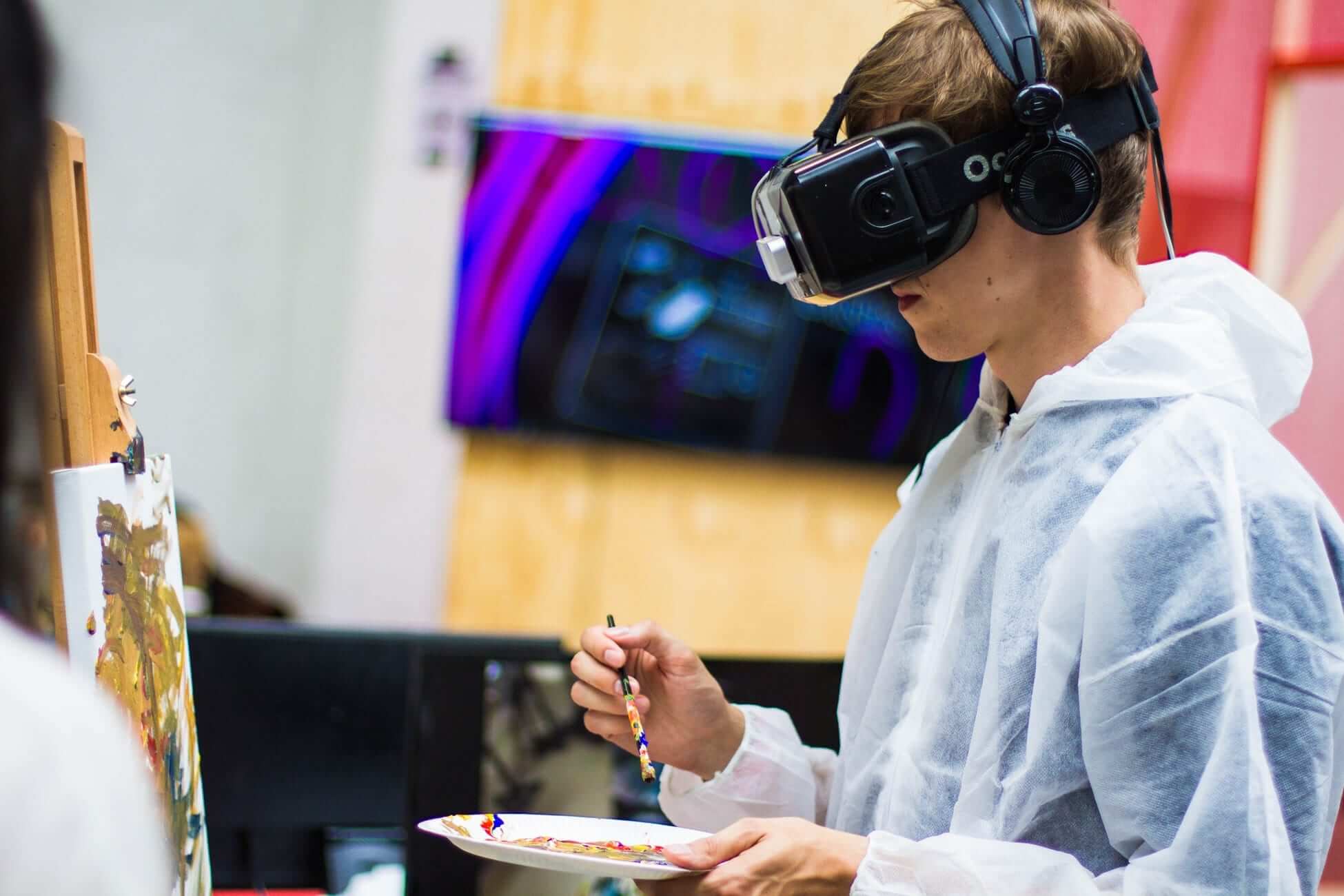Is Virtual Reality a growing market segment or a flash in the pan?
Back in 2012, a starry-eyed young entrepreneur called Palmer Luckey announced a new and improved head-mounted display that would be better than pretty much everything on the market at the time, and affordable for gamers to boot.
He built the first prototype of his VR headset in 2011 and announced it on Kickstarter in 2012. His prototype sparked the interest of ID Software game developer John Carmack who announced that his company’s upcoming game Doom 3 BFG Edition would support the emerging product. For the first time since the early 1990s, virtual reality headsets had sparked the interest of gamers.
Putting a digital layer in front of our eyes is possible in many ways — virtual reality is just one of them. We’ve seen games like Pokémon GO send players hunting virtual monsters in the wild, and we’ve seen Tupac Shakur and Amy Winehouse take the stage as a hologram at live events after their passing. We’ve seen new technologies merging real life with the digital realm… but virtual reality hasn’t taken off as many would have expected it — at least not in the entertainment industry.
VR didn’t do as well in 2018 as many hoped — or expected. The two most successful VR headsets — from a sales point of view — were Sony’s PlayStation VR and Oculus Go — these two, together, sold around 1.2 million units last year, with significant growth shown in the fourth quarter of the year. The sales of the other players on the VR market were pretty much flat across the year — the Oculus Rift (the PC tethered version), the Samsung Gear VR, the HTC Vive, and the Vive Focus showed limited sales growth. Gaming continues to be the main driver in VR software sales with sales of around $1.2 billion, while enterprise VR hardware and software have generated sales of around $800 million. According to Nielsen’s SuperData report, VR’s total revenues have grown by 30% compared to 2017, reaching $3.6 billion.
According to VR/AR boss Stephanie Llamas, 2019 is expected to be an important year for virtual reality due to the introduction of the Oculus Quest. The Android-powered device is one of the first fully standalone VR gaming devices, sporting a Snapdragon 835 SoC, 4GB of RAM, and 64 or 128 GB of internal storage. Its price point is pretty attractive — it costs $399 (the 64GB version) and $499 (the 128GB version). Without the wires physically tethering the gamer to a computer, virtual reality may finally offer the freedom to explore the digital world. And the standalone device without the cost of a high-end gaming PC or a gaming console will make it accessible to a much larger pool of users. This may turn VR from a fad into a growing market segment for the future.
About the Author
This article was written by Alice Bonasio, technology writer for FastCo, Quartz, The Next Web, Ars Technica, Wired. See more.





























